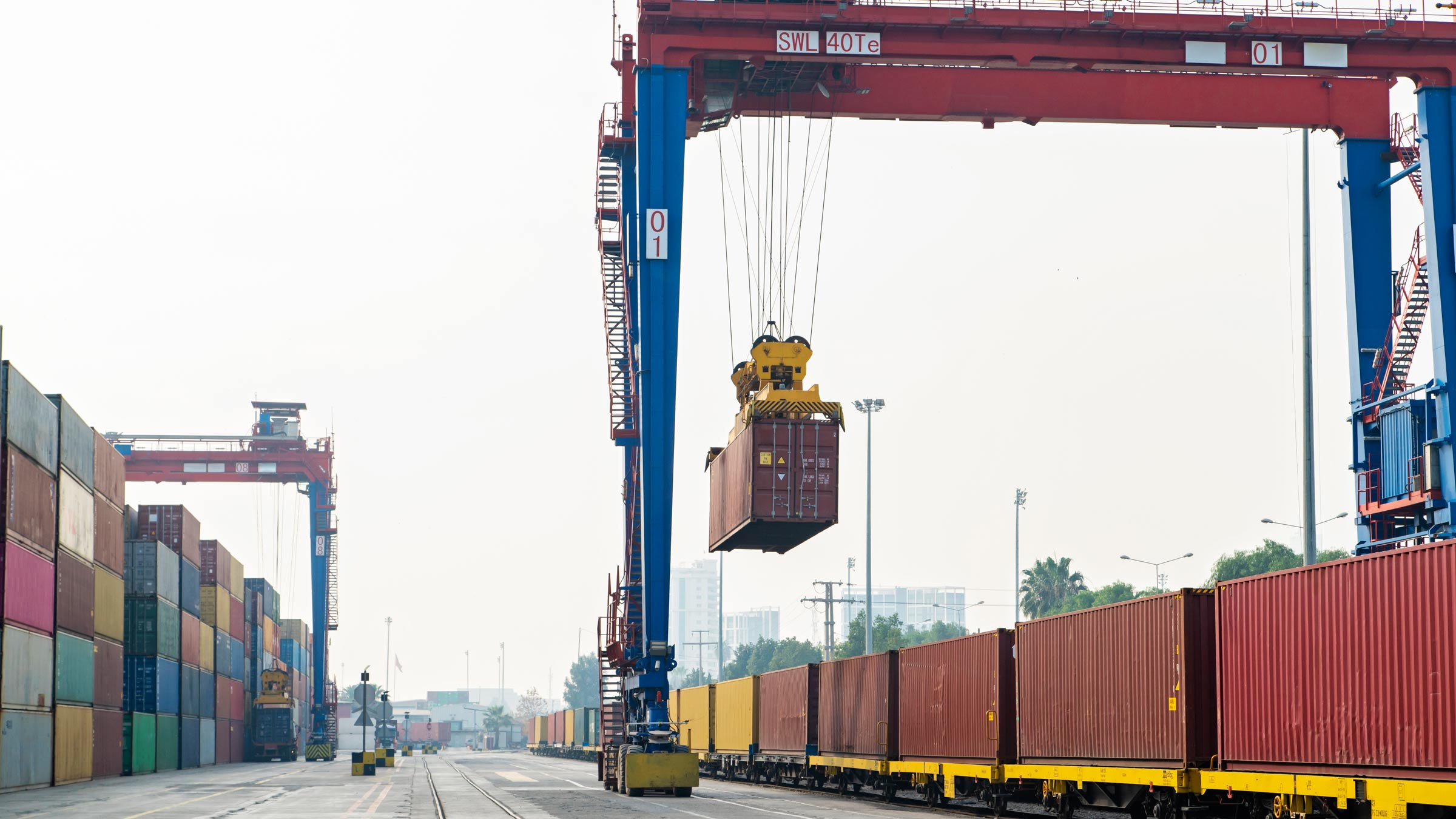The Unsung Heroes of Shipping: The World of Packing Supplies
When you think about the logistics and shipping industry, what often comes to mind are massive cargo containers, bustling ports, and long-haul trucks. Yet, hidden in plain sight, there’s a crucial element that makes all of this possible – packing supplies. These unassuming heroes are the unsung champions of secure and efficient transportation, ensuring that goods reach their destinations intact. In this blog, we’ll dive deep into the world of packing supplies, exploring their significance, the different types available, and why they deserve a moment in the spotlight.
The Significance of Packing Supplies
Packing supplies might not be the first thing that comes to mind when you think about logistics, but their role is absolutely critical. They serve several vital functions:
- Protection: At its core, packing supplies are all about protection. They shield products from damage during transit and storage. Fragile items, in particular, rely on packing supplies like bubble wrap and foam cushioning to arrive unscathed.
- Organization: Packing supplies help in organizing goods for efficient storage and transportation. This is particularly important in warehouses and during long journeys where items may need to be accessed quickly.
- Efficiency: Proper packing reduces the risk of wasted space. Well-organized and efficiently packed goods not only maximize the use of available space but also reduce the number of trips required for transportation.
- Product Integrity: Certain products, like perishable items or electronics, require specific packing supplies to maintain their integrity. For example, insulated packaging is crucial for shipping temperature-sensitive items.
- Security: Packing supplies can also enhance security by sealing packages and making tampering more difficult.
Types of Packing Supplies
Packing supplies come in a myriad of forms, each designed for specific needs. Let’s explore some of the most commonly used ones:
- Cardboard Boxes: These versatile containers are the workhorses of the packing world. They come in various sizes and strengths, making them suitable for a wide range of goods.
- Bubble Wrap: Those satisfying bubbles aren’t just for popping. Bubble wrap provides excellent cushioning and protection for fragile items.
- Foam Cushioning: Foam sheets and padding are ideal for delicate items. They can be custom-cut to fit the shape of the product, offering superior protection.
- Packing Peanuts: Made from various materials, packing peanuts fill empty spaces in boxes and provide cushioning. They’re lightweight and help prevent items from shifting during transit.
- Tape: Packing tape is the glue that holds it all together. It’s essential for sealing boxes and ensuring they remain closed during transit.
- Strapping and Stretch Wrap: These items help secure larger loads. Strapping is used to bundle items together, while stretch wrap keeps pallets of goods tightly bound.
- Labels and Markers: Proper labeling is crucial for efficient organization and easy identification of goods.
- Pallets: For larger shipments, pallets provide stability and ease of handling. They’re especially important for heavy or oversized items.
- Edge Protectors: These are used to protect the edges of boxes and prevent damage from straps or stacking.
- Insulated Packaging: Essential for products that require temperature control, such as food, pharmaceuticals, and certain chemicals. Insulated packaging can maintain both hot and cold temperatures.
The Role of Packing Supplies in E-Commerce
With the rise of e-commerce, the importance of packing supplies has become even more pronounced. Here’s why:
- Protection for Fragile Items: E-commerce often involves shipping delicate items like electronics or glassware. Proper packing supplies are crucial to ensure these products arrive in one piece.
- Customization for Brands: Many e-commerce businesses use branded packaging supplies to enhance the customer experience. Custom boxes and branded packing tape can leave a lasting impression.
- Efficiency in Fulfillment Centers: In e-commerce warehouses, packing supplies are used to organize and prepare orders for shipment. Well-organized packing stations improve efficiency and reduce errors.
- Sustainability: With increasing environmental awareness, e-commerce companies are also looking for eco-friendly packing supplies to reduce their carbon footprint.
The Environmental Impact of Packing Supplies
While packing supplies play a vital role in logistics, it’s essential to address their environmental impact. The packaging industry has been making strides towards sustainability:
- Recycled Materials: Many packing supplies, especially cardboard boxes, are made from recycled materials. Recycling reduces the demand for virgin resources.
- Biodegradable Options: Some packing supplies, like packing peanuts, are now available in biodegradable forms, reducing their impact on landfills.
- Eco-Friendly Alternatives: Companies are exploring eco-friendly alternatives to traditional packing materials, such as using mycelium (mushroom-based) packaging for cushioning.
- Reducing Excess Packaging: Minimizing waste starts with using the right-sized packaging and reducing excess materials. Efficient packing reduces waste and transportation costs.
The Future of Packing Supplies
As technology continues to advance, packing supplies are also evolving. Here are some
